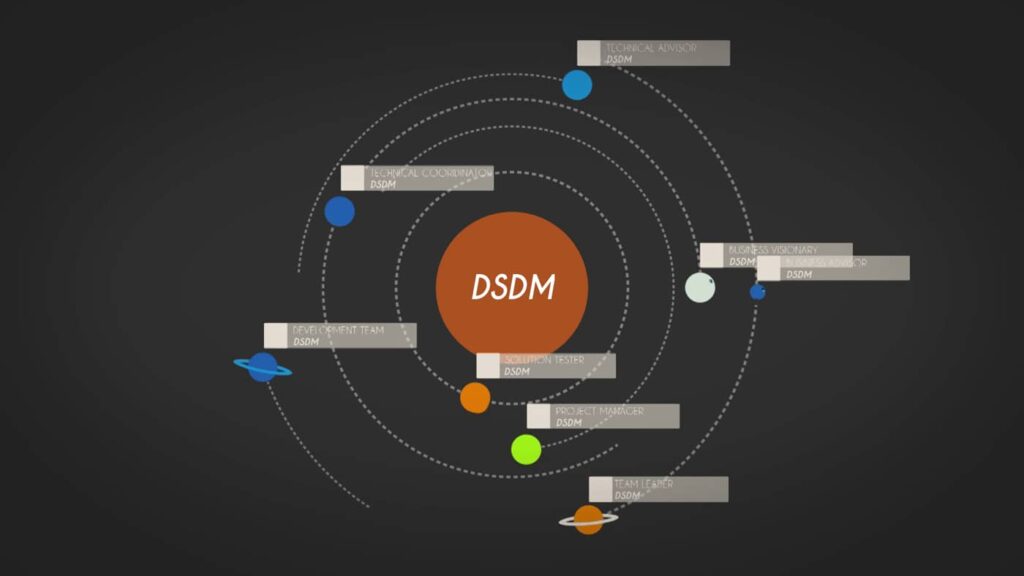There are plenty of popular, forward-thinking software development methodologies to adopt this year. Successful software projects are carefully managed using the best programming methods. All development procedures have their unique strengths, weaknesses, and computing requirements. As a software developer, it is highly important to learn as many engineering styles and processes as possible. This way, you can promote versatility, work on different teams, and challenge yourself with a constant learning curve.
While there are plenty of pros and cons to each of these methodologies, it’s important to do your due diligence and see which works best for you. Additionally, you might notice that as you scale, you have to change the methodology approach to fit your new model. For example, as a startup, you might start lean, but as you raise money and grow the business, you might consider implementing DevOps. You can also take a look at how other companies in your industry approach their development style or take classes on how different methodologies suit different types of companies. To help you get started, read on to learn about the most popular software development methodologies to adopt this year.
1. Lean

First and foremost, many teams have begun experimenting with lean software development this year. Lean programming aims to eliminate waste, optimize development time, and better resource utilization. In addition, this innovative methodology seeks to only deliver what is absolutely necessary for the end product. Because of this, lean programming has been coined the “Minimum Viable Product,” or “MVP Strategy,” amongst many software teams. Leveraging this approach, you can prevent losses, rationalize the SDLC, and maximize team involvement. In fact, lean engineering is one of the fastest ways to build a mobile app. Certainly, lean software development is an excellent methodology to adopt this year.
In short, the lean methodology is all about optimizing your resources, people, and budget. This methodology also focuses on leveraging people and implementing continuous improvement best practices. This is why many companies that focus on lean strategies—typically startups—ditch the traditional top-down management approach in favor of collaboration, transparency, and creativity. It encourages people to think outside of the box and provide direct contributions that make a real difference to the success of the company.
2. DevOps Programming
In addition, many experienced software teams encourage fellow developers to adopt DevOps programming. DevOps emphasizes strategic collaboration between development and operations teams. This empowers continuous software delivery, accelerates issue resolution, and reduces manageable complexity. Leveraging this approach, you can work with plenty of advanced development tools and resources, such as Docker registries.
According to JFrog.com, you use a Docker registry to easily automate development, conduct accurate vulnerability analyses, and perform artifact flow control. Naturally, this enables you to better team collaboration, gain deeper insights into issues, and reliably deploy containers. In fact, you can even integrate these advanced solutions to effectively store, secure, and distribute your Docker images. Surely, DevOps programming is a great method to optimize, accelerate, and future-proof your software development lifecycle.
In many traditional development environments, the operations and development departments are siloed and communication is often broken between teams. The overarching goal of DevOps is to keep everyone on the same page and ensure the development process is cohesive across the company. Many major companies use DevOps today, including Netflix, Airbnb, and Amazon. More and more companies are adopting DevOps at an accelerated rate; according to the IDC, the DevOps software market is expected to reach $6.6 billion in 2024.
3. Dynamic System Development (DSDM)

Next, dynamic system development is another popular methodology to begin working with this year. DSDM is an incremental, iterative approach that heavily focuses on user involvement. This innovative framework was originally derived from the rapid application development, or RAD methodology. Implementing these procedures, you can accelerate features delivery, simplify end-user access, and simplify progress understanding.
Of course, this is important to maximize user value, increase downloads, and ensure sufficient flexibility. Indeed, DSDM is a very popular software development methodology to begin working with this year.
4. Joint Application Development (JAD)
At the same time, joint application development is a rapidly growing choice amongst modern development teams. JAD is an advanced user interface (UI) programming and requirements-definition framework. Typically, this innovative model encourages clients, software engineers, users, and key stakeholders to collaborate together in frequent meetings. This way, they can effectively draft features, brainstorm design, and finalize information systems.
Following this approach, you can simplify error resolution, lower cross-departmental risks, and improve requirements definition. Naturally, this will help you accelerate delivery, reduce costs, and better your understanding. Moreover, you can even leverage this approach to better discover, resolve, and prevent future errors. Absolutely, JAD is a great software process to adopt this year.
5. Behavior Driven Development (BDD)

Of course, behavior driven development is widely used by software development teams all across the globe. BDD is an innovative version of agile development. In short, it emphasizes a shared, unified vision between all developers, users, and stakeholders. Specifically, participants must share a vision on how software will behave, what the core features will be, and how much it will cost.
Of course, this aims to promote an active role for non-technical users and outside stakeholders. Naturally, this approach greatly expands collaborative opportunities for users, programmers, and QA engineers. If you are interested in following this style, you must be proficient in conducting failing features tests, code refactoring, and system inspection. Definitely, BDD is an excellent software programming approach to implement in 2024.
There are plenty of popular custom software development methodologies to adopt and begin working with this year. First off, experiment with lean programming, which will help rationalize, simplify, and accelerate your development process. In addition, consider DevOps programming to expand collaboration, communication, and teamwork. Next, consider implementing DSDM, which is a popular choice to bolster end-user involvement. At the same time, JAD is a great choice to promote productivity, drive efficiency, and maximize performance. Of course, look into adopting BDD to keep programming participants on the same page. Follow the points highlighted above to learn about the most popular software development methodologies to adopt this year.





